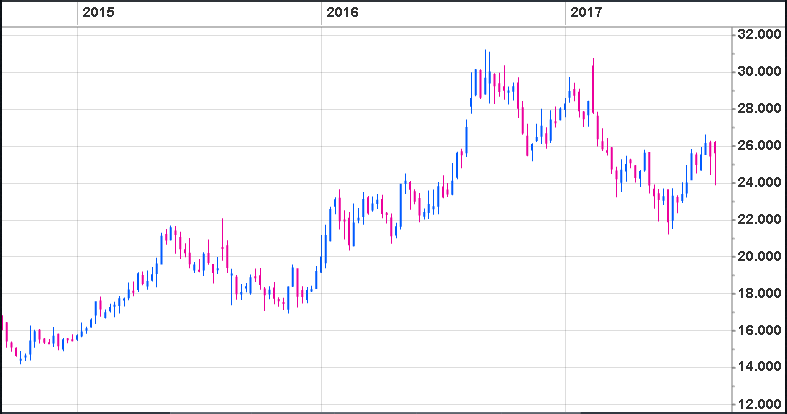
Short selling is a well- established but less well understood share market practice. Despite the protests of some prominent CEO’s it is not a blight but an essential element of a deep and liquid share market. Investors who understand the nature and impact of short selling are better armed in determining potential share price direction.
Those new to markets sometimes struggle to understand the concept. Buying shares and selling them later is straightforward. However selling first and buying back later takes some thought. A short seller is required to borrow shares to satisfy the initial sale, and then repay the borrowed shares when the short position is bought back in the market. Outright short selling without borrowing is banned by the regulator.
The major advantage is that investors and traders can profit from falling stock prices. This capability has more profound implications than simply hedging portfolios. Many of the powerful investment tools available to institutions, and increasingly individual investors, depend on short selling. Swaps, options, CFDs and hybrid instruments could not exist without it.
Short selling also facilitates a popular trading approach – relative value or “pairs” trading. A trader buys one stock and sells another, often to equal dollar value. As an example, a trader who thought Wesfarmers was unfairly sold down might buy WES, and sell a similar amount of Woolworths.
The trader will profit if WES catches up to WOW. However if the US markets hits a major air pocket the trader’s loss on WES is offset by gains on the short WOW position. The trader may even make money if WES falls less than WOW, unlike an investor who simply bought WES. Pairs trading allows investors and traders to capture potential returns at much lower market risk.
After the GFC the regulator tightened regulation around short selling. All short selling is now reported. ASIC aggregates and publishes the information daily, with a slight lag. Alert investors who can find their way around an Excel spread sheet can use this information. The ASIC website offers.
There are many factors that influence share price movements at any given time. The short selling in a stock is just one. However, there are three important ways even novice investors can use short selling data.
As a short position grows, when the percentage of shares sold short increases sharply, it is a sign there is an issue with the stock. The issue could be stock specific, or it could be a sector or industry issue. The short position in Domino’s Pizza grew significantly when the stock was trading above $70. While there was nothing wrong with the underlying business, and growth prospects were strong, the increase in the short position was an indication all was not well. On investigation the momentum in the stock took it to levels where it was priced at more than fifty times earnings. The market PE at the time was closer to sixteen times. The short selling register indicated some traders and investors thought the stock was too expensive. Investors who heeded the signal may have sold holdings to buy back last week below $45.
On the other hand there are currently significant short positions in many retail stocks. This could reflect concerns about increased international competition from groups like Aldi and Amazon.
When the short position reaches elevated levels (above 10% of the issued stock) – it is a sign that volatility in the stock is likely to increase. There is plenty of room in markets for honest disagreement. In fact it is a necessary condition. If all participants agreed on an outlook the market would be unbalanced – all buying, or all selling.
We should expect to disagree with other investors. However an increase in the short position, particularly if the share price continues to rise, is a sign that the market “argument” in the stock is heating up. This stronger dispute about the prospects of a stock can lead to sharper swings in its share price as sentiment fluctuates. Investors who prefer a steady night’s sleep may choose to move to the sidelines until the market decides a new direction for the stock.
Both of these effects are evident in the share price movements of JB HiFi. Note how the short position started to increase as the shares rose in late 2015. The short selling increased, putting a cap on gains and increasing the swings in price. Note how the short position started to reduce as the FY reporting due on Monday 15 August 2016 approached.
When a heavily short sold stock approaches a key company event it may trend and then respond sharply to company specific news. The unexpectedly good 2016 result for JB HiFi decimated the short sellers. This produced a much higher share price as the shorters scrambled to buy back their unprofitable positions. The upward move in the share price and the reduction in short position point to nervousness among short sellers in the lead up to the event. More short selling ion the market means shares are now vulnerable to “melt-ups” as well as melt downs.
Investors may take advantage of this potential driver of share prices during earnings season. Major stocks with significant short positions include JB HiFi, Dominos, Rio Tinto, Oil Search, Western Areas, Myer, Independence Group, Syrah Resources, Isentia and Ardent Leisure




